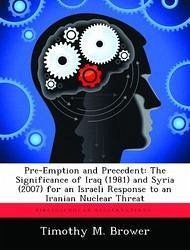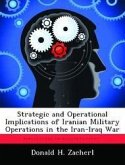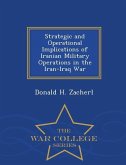In 1981, Israel conducted a pre-emptive strike on Iraq's Osirak nuclear reactor. Then Israel bombed a Syrian nuclear reactor at al-Kibar in 2007. Today, Israel is facing a new challenge as it considers Iran's nuclear program. This thesis is a comparative case study analyzing how Israel utilized its instruments of national power to deal with the threats in Iraq and Syria and how the international community responded after Israel destroyed their nuclear reactors. After determining the similarities and differences between cases, this thesis draws implications for Israel's ongoing efforts to deal with Iran's nuclear program. This study is significant because it is the first comparative case study to analyze Israel's experiences dealing with Iraq and Syria's nuclear programs. The findings of this study offer insight to US strategic planners as they consider strategies and timelines for dealing with Tehran's nuclear program, recognizing that Israel is willing to act unilaterally as historical events attest. The findings will assist US decision makers as they formulate policy concerning Iran, Israel, and the uncertain road ahead.







